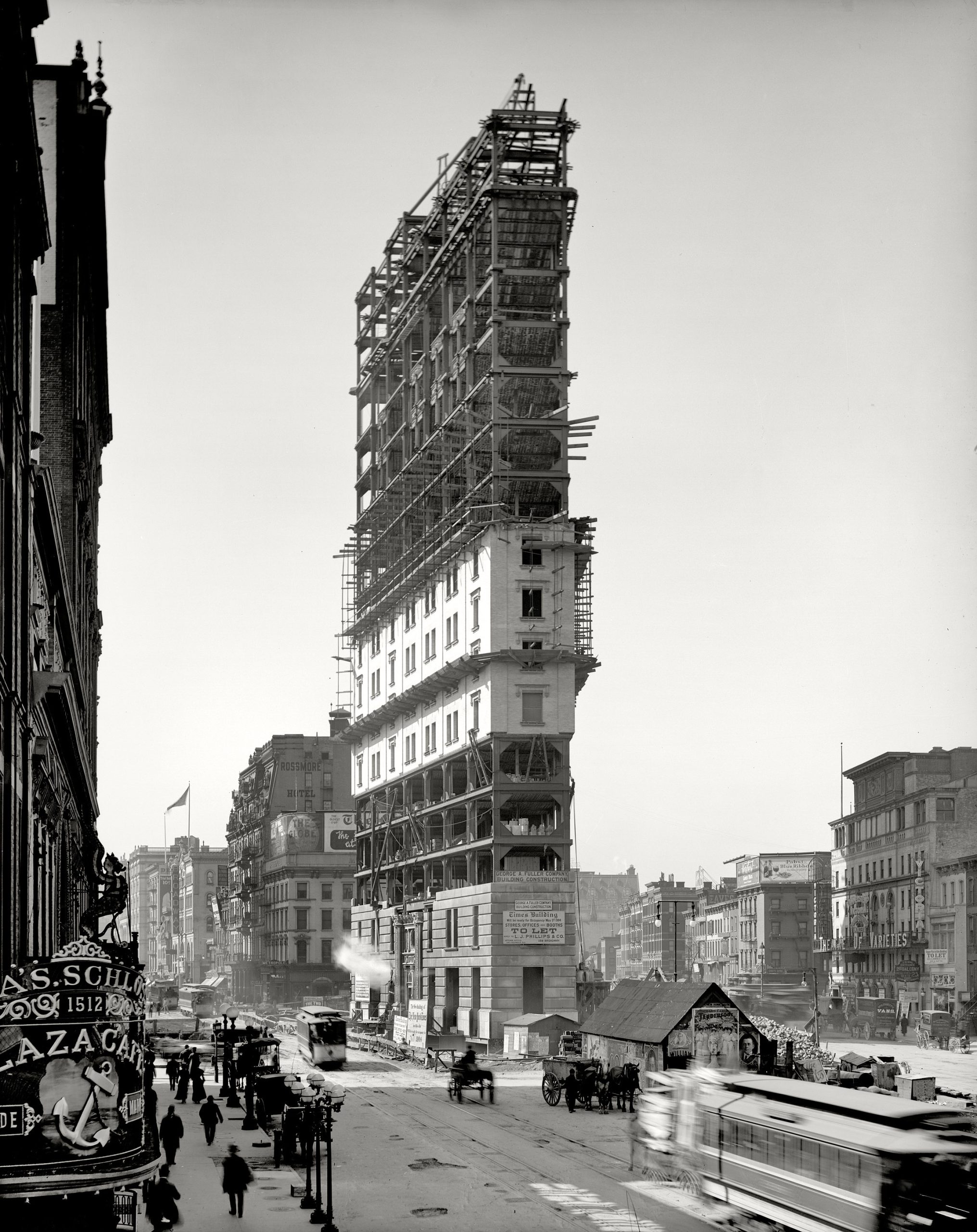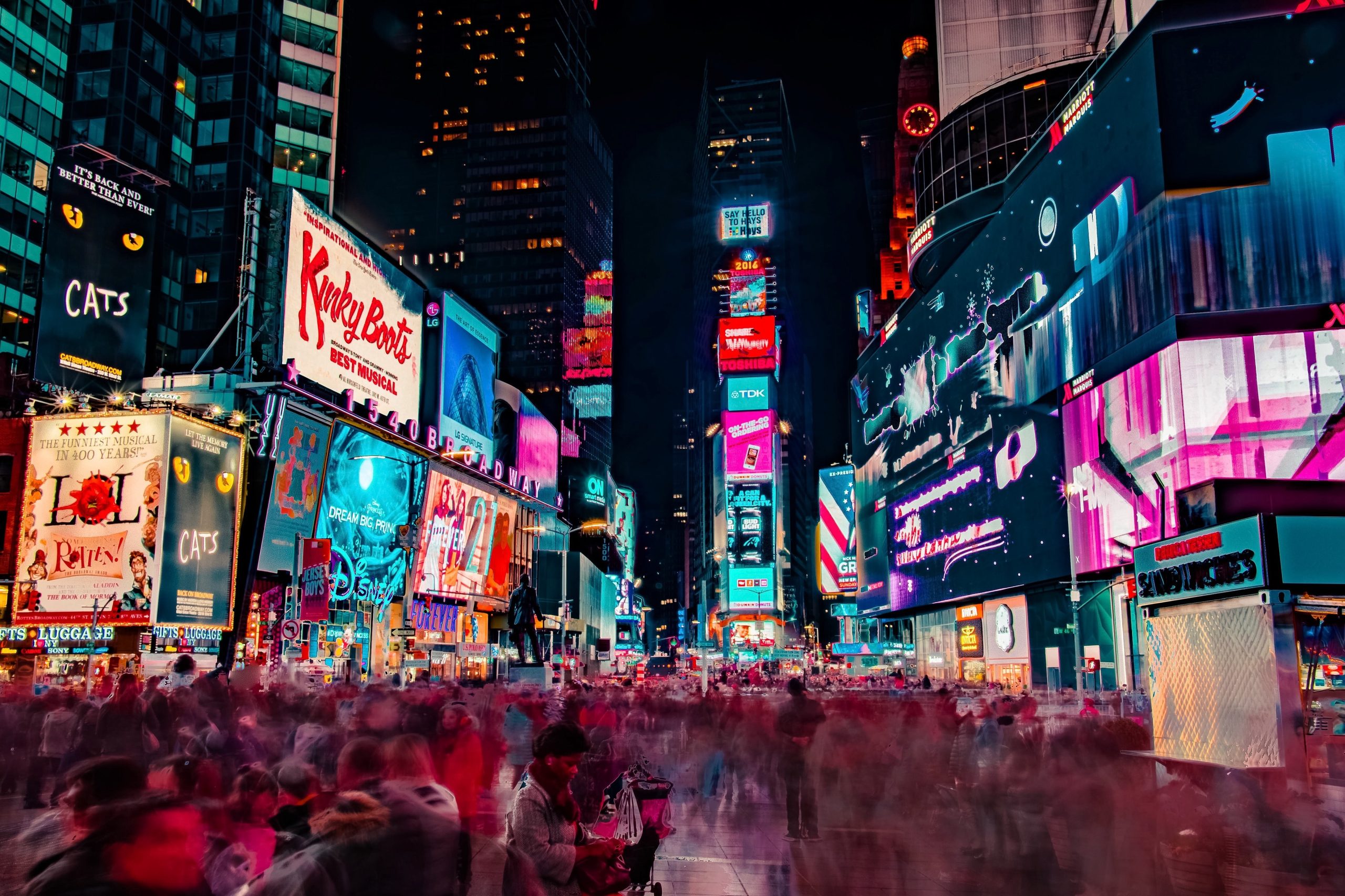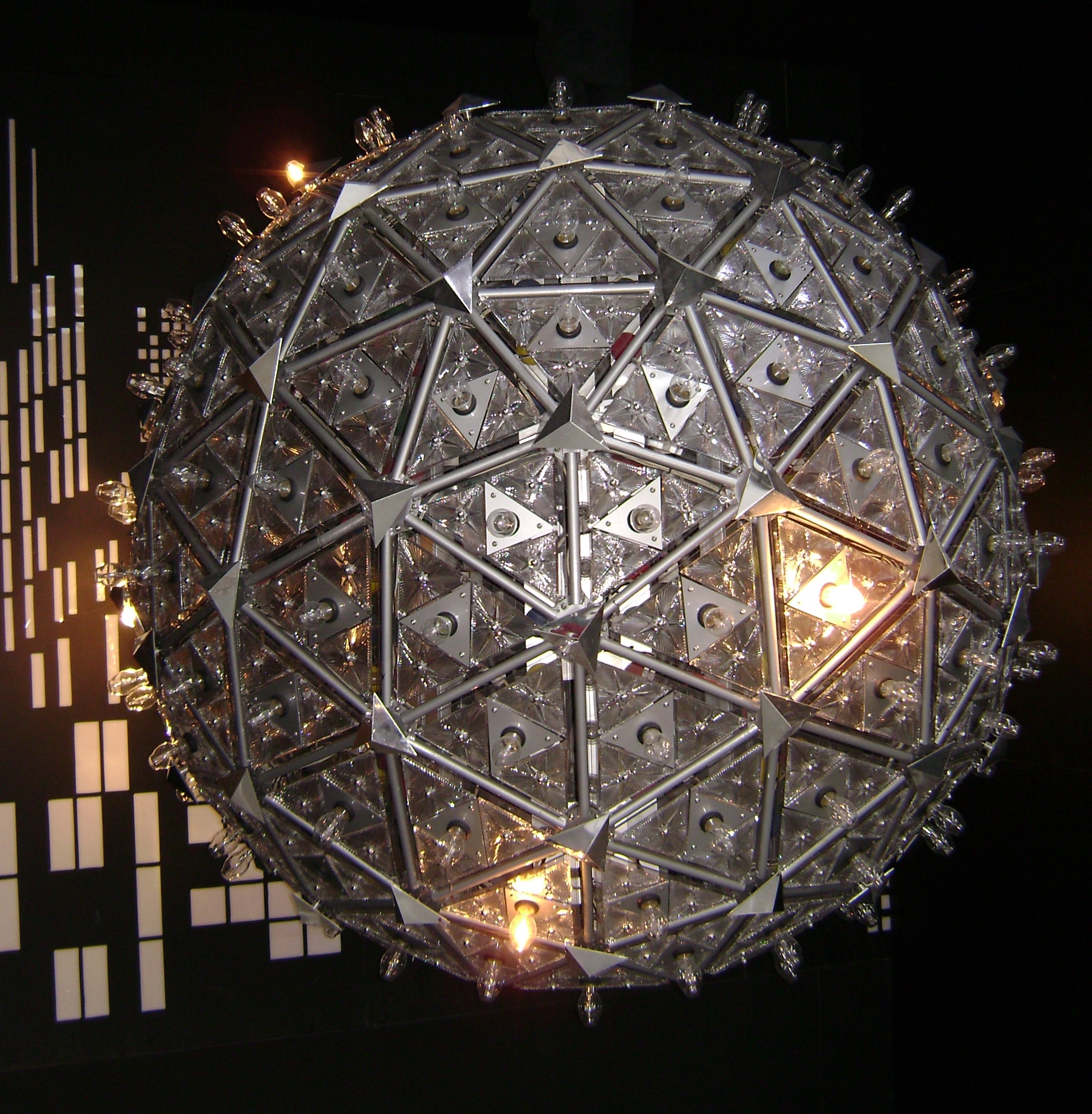Celebrating the new year has been an event since the beginning of time, with earliest known festivities in ancient Babylon almost 4,000 years ago. At the end of March, the first new moon after the vernal equinox signaled the beginning of a new year, and a massive religious festival occurred called Akitu. The festival lasted 11 days, and during this time, a new king was crowned, or the current ruler was renewed. As centuries passed, the calendar changed and molded to match society. What we know as New Year’s today wasn’t determined until Julius Caesar reshaped the Roman Calendar to align with the sun, thus creating the Julian calendar and January 1st becoming the first day of the new year. As society evolved, New Year’s has become one of the most celebrated holidays in the world, and history for that matter. The anticipation behind watching the last moments of the year followed by cheering and celebrating the first moments of the next fills many people with immense joy and anticipation. One of the greatest spectacles for New Year’s celebrations is the famous Times Square ball drop in New York City!

For over 100 years, Americans have watched the ball drop in New York City as they shouted a countdown to the new year. With technology now, it’s estimated that more than 1 billion people watch the ceremony each year, and 1 million attending in person! However, seeing it in person is on many bucket lists, especially after 2024! The building that the ball sits upon is currently receiving extensive renovations and throughout 2023, which may be some of the biggest renovations it’s had since being built. Throughout the early 1900’s, New York was becoming one of the wealthiest cities in the world. The New York Stock Exchange was created, Macy’s Department Store was unveiled, and the Flatiron Building, the famous triangle structure, was built. In 1905, the first headquarters for the New York Times completed, and has been home to the New Year’s Eve ball drop since 1907. The building was quickly renamed to ‘One Times Square’ as it covers the entire block in the famous Times Square. Although the building is center of attention for tourists, the newspaper tycoon moved out a short 8 years later. Throughout the 20th century, the building was becoming a hot spot for crime with a story by the New Yorker saying the basement was used as a speakeasy and the FBI’s personal gun range. They even continued with saying the higher floors were being used to trap German spies! With the building continuing to sit empty and quickly cycling through owners, the Allied Chemical Corporation purchased the building in 1963. Their goal was to make the building a tourist attraction, therefore they removed the buildings original terracotta façade and marketed as a New York must-see. However, their efforts were unsuccessful as many hated the way the building now looked, and they resold the building in 1974.
Many of the floors continued to sit empty, with the lowest being used for office and storage space, and the highest being used for the New Year’s Production team. In 1995, the Lehman Brothers purchased One Times Square for $27.5 million and repurposed the building into a vacuum for profits. Since the building wasn’t being used inside, they made the outside a collage of billboards and advertisements. Just two years later, the Lehman Brother’s sold one Times Square for $110 million to Jamestown L.P., almost four times more than they originally paid and almost 300% profit! Throughout time, as technology improved, the building became covered in video advertisements, and is now one of the most photographed buildings in the world and #1 place to advertise in America. According to IRS filings from 2012, One Times Square makes $23 million annually in just billboards and advertising. Pretty good investment to cover up some empty space if you ask us!


The New Year’s Eve ball also received incredible improvements along the way! Originally, the ball was made of wood and iron weighing 700lbs and 5-feet in diameter and decorated with 100 25-watt light bulbs. The ball was then replaced in 1920 with one completely made of wrought iron, and again in 1955 with aluminum that only weighed 150lbs. However, due to dimouts during World War 2, the ball was required to remain unused in 1942 and 1943, making these the only years the ball has ever missed since 1907 – but people still threw a party in Times Square. This ball was again redesigned in 1981 when the lights were changed out with red bulbs and a green stem was added for the ‘I Love New York’ campaign that lasted until 1988. The ball eventually returned to a glamorous state in 1995 with aluminum skin, rhinestones, and computer controls. When the new millennium arrived, the ball was completely redesigned by Waterford Crystals and Philips Lighting. As technology became more advanced, the ball kept up with society, and in 2007, Waterford and Philips redesigned the ball to be completely LED which is the ball we see today. Now weighing almost six tons and 12-feet in diameter, the New Year’s Eve ball is decorated with 2,688 Waterford Crystal triangles that are illuminated by 32,256 Philips Luxeon LEDs. In 2013, Waterford Crystals decided for the next decade they would create special designs to represent ‘The Greatest Gifts’ in humanity to decorate the ball. Each year, 288 crystal triangles are replaced with new ones containing the special yearly design. For 2023, the ball will be decorated in crystals triangles that depict these gifts of humanity.
2023
Love
2022
Wisdom
2021
Happiness
2020
Goodwill
2019
Harmony
2018
Serenity
2017
Kindness
2016
Wonder
2015
Fortitude
2014
Imagination
As well as finishing the ball, the building is also receiving incredible renovations. One Times Square is currently undergoing a $500 million renovation from top-to-bottom. Included in the work scope is creating a 19th floor that will serve as an observation deck for Times Square, and new features for different floors! Overall, the vision is to create an interactive museum experience throughout 12 floors that include digital, virtual, and augmented reality integrations with 6 of the floors providing history on the building, New Year’s Eve, and New York! Some of the completed renovations so far include improvements to the Time Square Shuttle subway station entrance and a virtual watch room for New Year’s Eve. New York itself is a giant history book when it comes to construction, but very rarely do we tie in partying to a job site, so we had to this time around. We wish you a safe, yet fun, end of 2022 and an even better 2023! Happy New Year!
Share this Post

